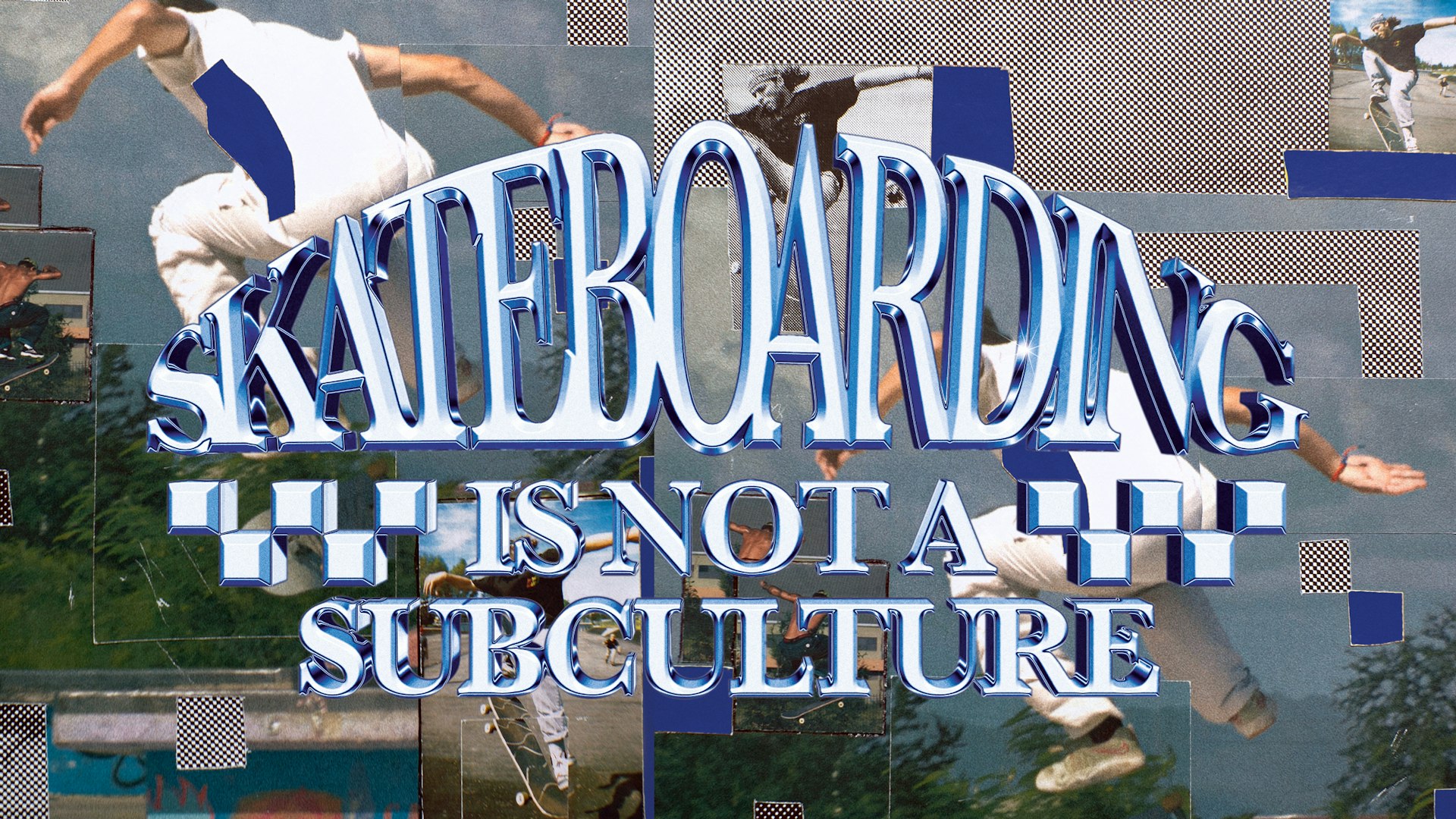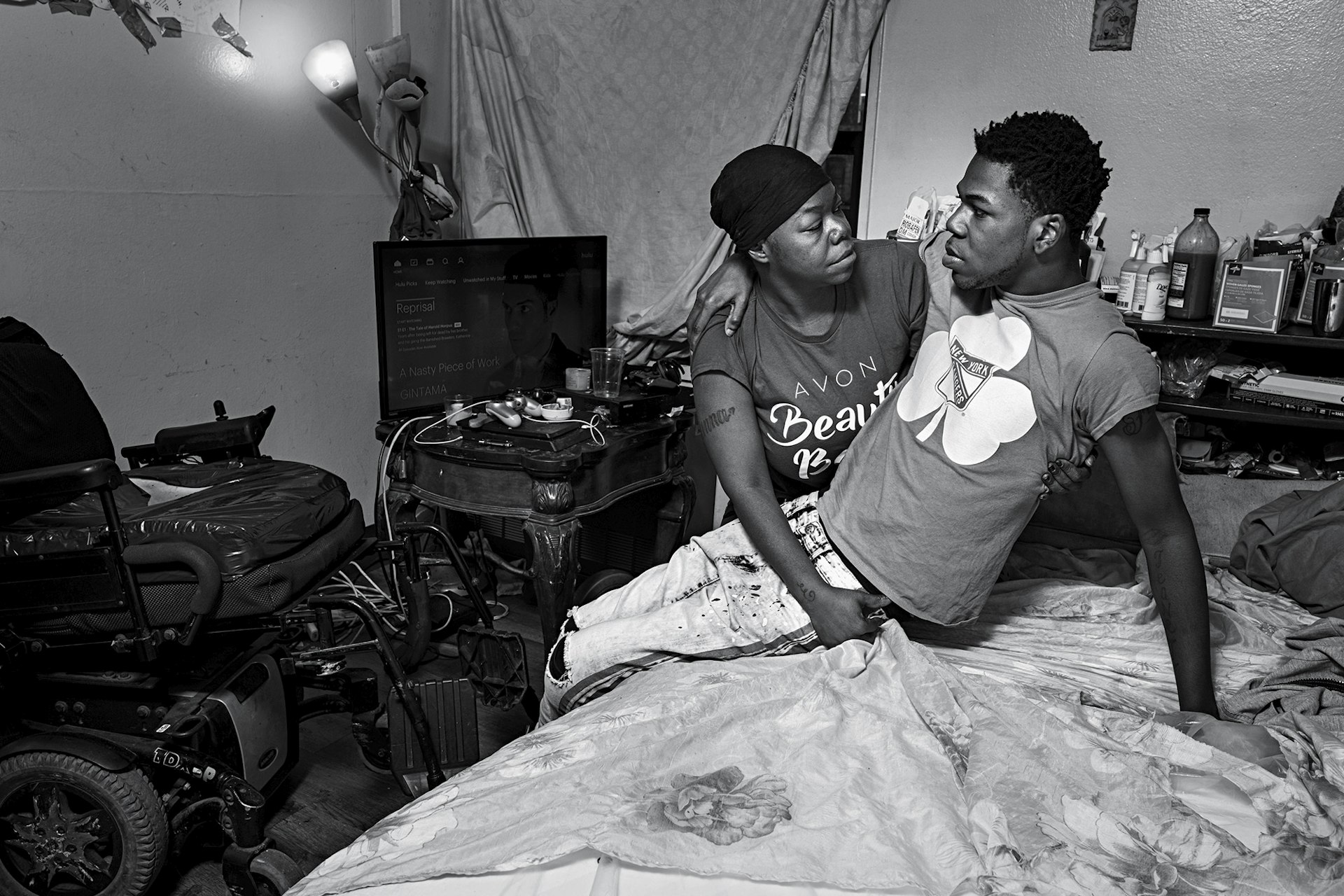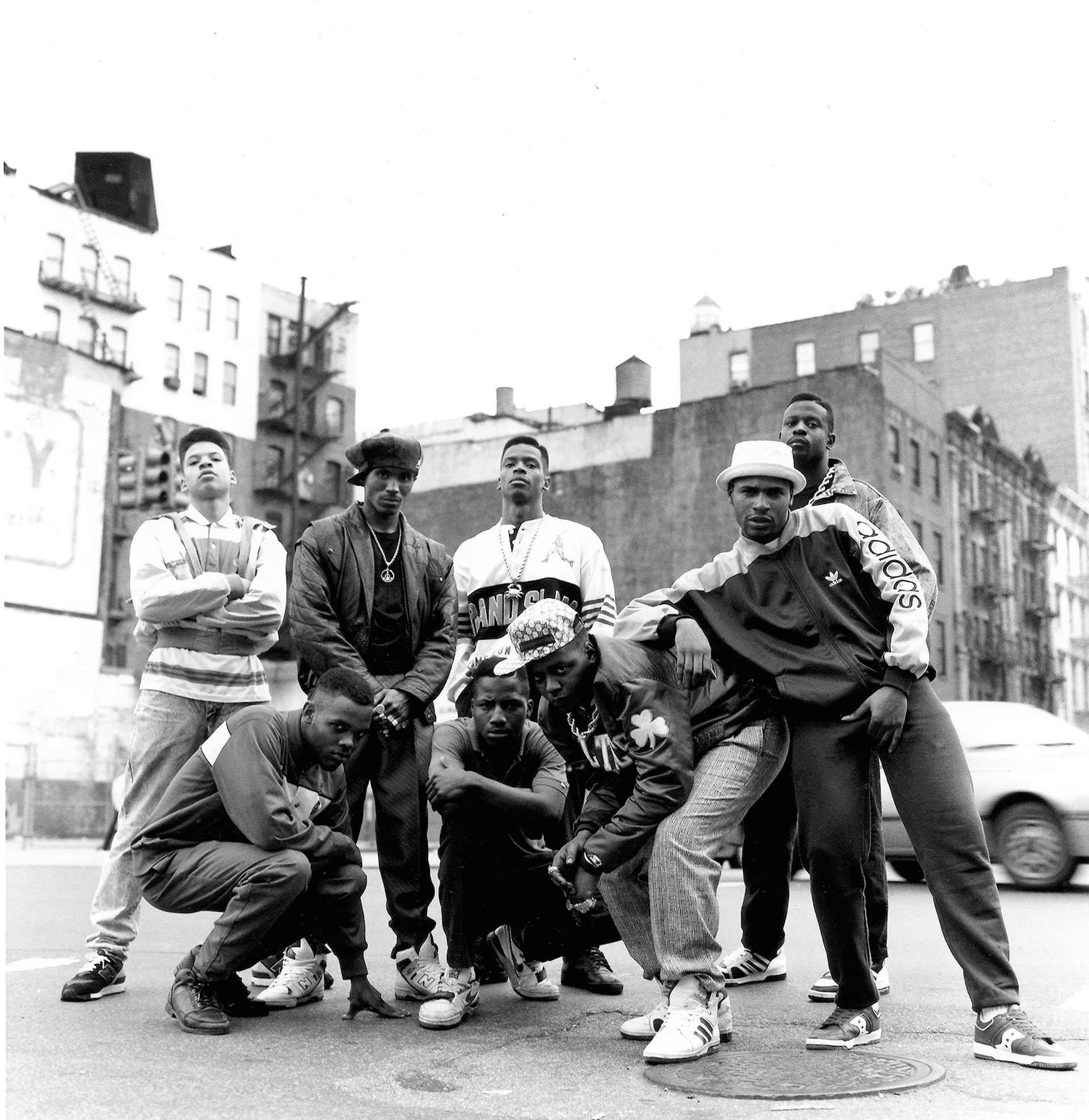Women in creative industries: It's time to take control of your working life
- Text by Briony Cartmell

A patissier and a stage builder lean against a hot windowsill on a side street off of London’s Brick Lane, sipping negronis and talking about cash flow. Standing amongst a crowd of designers, writers, and illustrators, the pair are both members of Women Who, a community of female creative professionals looking to connect and improve their working lives.
“A lot of women probably find that the establishment isn’t kind to them,” says Otegha Uwagba, founder of the digital platform. “It doesn’t have their best interests at heart, and so they say ‘to hell with this, I’m going to go set up my own thing’.” From a raw deal for new mothers when it comes to working hours, to the frustrating reality of pay gaps, it’s no surprise that women are looking to break away from work spaces designed by and for men.
So twelve months ago, that’s exactly what Otegha did. After working for years in the male dominated world of advertising at AMV BBDO and Vice Media she felt lost, lacking any sense of creative fulfilment. Soon she decided to establish a network for women just like her – women facing the “lifelong dilemma every creative faces: how to find that delicate balance between starving artist and corporate shill”.
And so Women Who was born, a platform to connect female professionals in the digital age, supporting them with online content, regular events, and, in true DIY spirit, a handbook penned and self-published by Otegha called Little Black Book: A Toolkit for Working Women which is now being released by 4th Estate Books.
Unlike other women’s clubs popping up from New York City to London, accessibility for Otegha is key. There are no membership fees, no application packs asking for your spirit animal, this is quite literally a space for women wherever they’re from.
Whether she’s advising freelancers on the best strategies to chase up outstanding invoices, or sharing tools that help to beat that dreaded creative block, Otegha’s perspective on the working world is practical, but she’s clear that she won’t take any shit.

Otegha Uwagba
What would you say to women who like you feel they are professionally in a creative rut?
Pay attention to things that interest you naturally. Some great advice I read was thinking about the first section of the paper you flip to, and finding a way to start a project up, outside of the 9 to 5. See if you can find something that will get your creative juices flowing – and that often has a halo effect on your day-to-day job. Then it can also be clarifying, because it’ll make you see what it is you like doing, what you’re naturally good at, and it might just be that your problem is your particular company as opposed to that specific role.
What advice would you give to women who are new to the workforce, out of university or college?
Take the job, any job. After graduating I was moaning I wasn’t sure if I want to do this or that, and a friend said in order to choose something you need to have options – which was him saying wait until you have any job offers first.
Chances are, the first job after university isn’t going to be the perfect one but there’s a lot to be said about learning how to work and operate with other people, earning some money and just starting somewhere.
How has the process of DIY changed in the digital age?
I always talk about how amazing it is to be able to create a website whether that’s to share your work, or start a mini business, and it’s really cheap, so I think things are more democratic.
As a young creative, you have access to platforms, and it’s easier to promote your work through social media and the internet that wasn’t possible 15 – 20 years ago. You no longer have to go through the established gatekeepers, whether that’s the media or creative institutions to get your work out there.
How can women build their communities?
By being genuinely interested in other people, and taking the time to introduce yourself. Personally I will chat to anyone – you never know when you’re going to meet someone and find out something new. That’s how I make the most interesting connections, so just be curious about people around you.
What lessons have you learned through the platform that you think women should know?
Don’t spend too long tinkering with something and waiting for it to be perfect or exact or for the right moment to launch something or put it out there. Keep having high standards, but ultimately it’s more important just to start somewhere.
Little Black Book: A Toolkit for Working Women is out now, published by 4th Estate.
Enjoyed this article? Like Huck on Facebook or follow us on Twitter.
Latest on Huck

“I refuse to accept child poverty is a normal part of our society”: Apsana Begum MP on voting to scrap the cap
After seeking to “enhance” the King’s Speech by voting for the scrapping of the controversial two child benefit cap, the MP for Poplar and Limehouse lost the Labour Whip.
Written by: Apsana Begum

Is skateboarding really a subculture anymore?
With skate’s inclusion in the Olympics, Kyle Beachy asks what it means for the culture around the sport, and whether it’s possible to institutionalise an artform.
Written by: Kyle Beachy

Autism cannot be cured — stop trying
A questionable study into the ‘reversal’ of autism does nothing but reinforce damaging stereotypes and harm, argues autistic author Jodie Hare.
Written by: Jodie Hare

Bristol Photo Festival returns for second edition
After the success of it’s inaugural run, the festival returns this autumn with exhibitions, education and community programmes exploring a world in constant motion through still image.
Written by: Ben Smoke

Documenting the life of a New York gang leader paralysed by gun violence
New photobook ‘Say Less’ is a complex yet humanising look into a life wrecked by gun violence and organised crime.
Written by: Isaac Muk

The woman who defined 80s Hip Hop photography
A new exhibition brings together Janette Beckman’s visionary and boundary pushing images of an era of cultural change and moral panic.
Written by: Miss Rosen